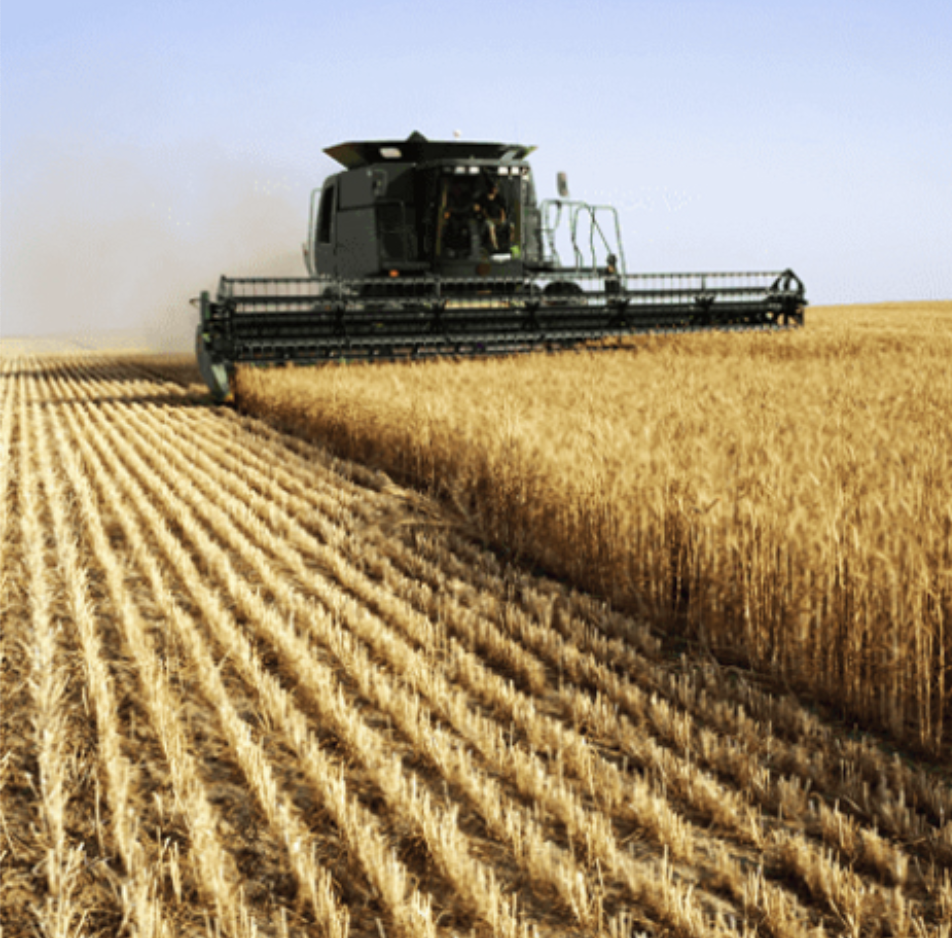By: Andrew R. Kniss
Published: April 10, 2017
Abstract
Herbicide use is among the most criticized aspects of modern farming, especially as it relates to genetically engineered (GE) crops. Many previous analyses have used flawed metrics to evaluate herbicide intensity and toxicity trends. Here, I show that herbicide use intensity increased over the last 25 years in maize, cotton, rice and wheat. Although GE crops have been previously implicated in increasing herbicide use, herbicide increases were more rapid in non-GE crops. Even as herbicide use increased, chronic toxicity associated with herbicide use decreased in two out of six crops, while acute toxicity decreased in four out of six crops. In the final year for which data were available (2014 or 2015), glyphosate accounted for 26% of maize, 43% of soybean and 45% of cotton herbicide applications. However, due to relatively low chronic toxicity, glyphosate contributed only 0.1, 0.3 and 3.5% of the chronic toxicity hazard in those crops, respectively.











